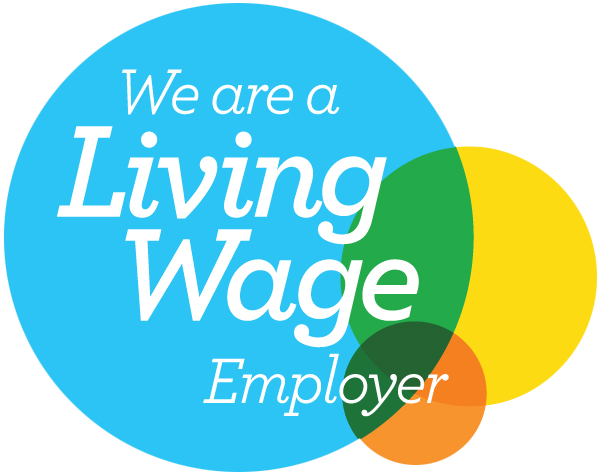
Due to the variables in what makes a pay structure work well, whilst one salary and reward system may work well in a specific setting, it may not be suited to another. A good example of this is a commission-driven structure, which is popular amongst sales departments where each employee earns a percentage of each sale they make (possibly increasing further as targets are hit). This is effective in a sales scenario but not quite as useful in other areas where staff do not handle sales.
Here, the Paydata team offers an insight into the most common pay structures used in different industries.
This is the most common pay structure and is used by most businesses in one form or another. Individual pay rates are when each employee has their own set salary determined by their employer, based on their role within the company. The rate of pay may be set on an annual or hourly basis.
Smaller businesses often find that individual pay rates are the most viable option when it comes to the acquisition of talent but to ensure the employee is satisfied and motivated, pay ranges are often used. This is when the employer sets a predefined salary scale for a position, with a new employee expected to join on a salary at the lower end of the range, working their way up as they gain experience and spend time within their role.
Broadbanding is a pay structure which has largely been phased out in more recent years, with the system mostly reliant on employees remaining at a single place of work for much of their professional lives. This structure sees several pay grades given to different job roles and departments, with salaries increasing the higher up the corporate ladder you progress.
This type of pay structure is mostly used by large businesses that operate several departments. Broadbanding allows employees to easily switch between job roles of equal value by remaining within the same pay grade, effectively making a sideways move within the organisation. This does mean that two employees, with varying responsibilities, will earn roughly the same salary even if one normal day is considerably busier than the other. The positive, from the employee’s perspective, is that broadbanding provides a clear progression path for them to reach for.
A pay spine structure is most commonly found in local government organisations, such as councils, with the rate of pay mostly determined by loyalty as opposed to performance. This grade is a simple means of deciding compensation, with the rate of salary covering all roles within the organisation, offering entry salaries to all positions from non-managerial to executives, along with incremental increases.
While employees know exactly where they stand when it comes to an annual pay review, this can lead to discontent with some members of staff feeling as though they work harder than other colleagues who earn more purely because they have been with the organisation for longer. It is up to the decision-makers within the company to decide on other points in which a pay increase may be triggered.
The job family pay structure is similar to broadbanding and, with that, will be used by the businesses operating in the same industries. The primary difference is that, instead of one scale that encompasses the entirety of the company, the classification relates to each department. Much of the reason why many companies are moving away from broadbanding is that this structure does not perfectly recognise the differing level of responsibilities between departments, even if two roles are graded to the same or similar level.
The main downside of utilising job families is that unlike with broadbanding, employees cannot as easily move between departments in the business. This, in effect, creates an occupational chimney where some occupations are considered more valuable than others, potentially causing friction between departments if not managed and implemented correctly.
Anyone that has worked in or around sales will be familiar with the commission-driven pay structure, which requires employees to sell a product or service to earn compensation. The commission may either make up the entirety of an employee’s pay, a significant portion of pay on top of a basic rate of pay or is worked as a bonus scheme.
As well as sales departments, businesses that operate delivery drivers and taxi drivers are also likely to work on a commission basis, earning a percentage of a fee paid by the customer. This pay structure encourages the employee to work to hit and exceed their targets, increasing productivity and revenue for the business.
Sign up for briefings on pay benchmarking, salary surveys, reward strategy and statistical updates.
sign up for updates
© Paydata Ltd 2024 All rights reserved.
Registered in England no: 3632206
VAT no: 728 0808 28
Paydata Ltd, 24 Commerce Road, Lynch Wood, Peterborough, Cambridgeshire, PE2 6LR

